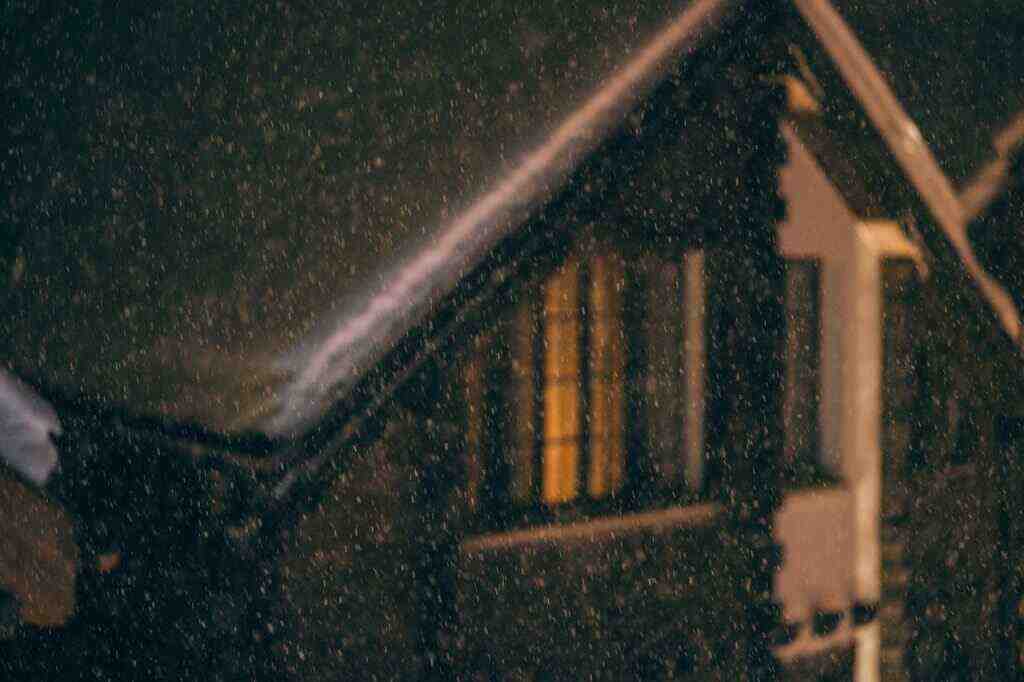New York City’s Winter Weather: A Mid-Season Review and Outlook
As the concluding weeks of meteorological winter draw near, it’s time to reflect on the weather patterns that have sculpted this season and peer into the crystal ball to glimpse what the remaining days may hold. This comprehensive analysis delves into the intricacies of New York City’s winter weather, scrutinizing temperature trends, precipitation patterns, and snowfall accumulation. Furthermore, it explores the probability of significant snowfall in the coming weeks and provides insights into February’s long-range forecast.
Temperature Trends: A Tale of Above-Average Warmth
Meteorological winter, spanning from December 1st to March 1st, has been characterized by a persistent embrace of above-average temperatures, largely attributed to the prevailing El Niño pattern. December witnessed an exceptional 75% of days with warmer-than-normal high temperatures, a staggering 24 out of 31 days. In stark contrast, only seven days experienced colder-than-normal temperatures. January’s temperature trends have been less lopsided, featuring a notable cold snap from January 15th to 22nd, during which Central Park remained below freezing for all but four hours over seven days. Despite this cold spell, January’s average temperature still manages to hover almost two degrees above normal, with 14 days of above-average high temperatures compared to eleven days with below-average highs.
Precipitation Patterns: A Season of Drenching Rains
Meteorological winter has also been synonymous with significant precipitation, with ten days of measurable rain in December totaling 6.71 inches in Central Park, eclipsing the normal December rainfall of 4.38 inches by over two inches. This deluge led to multiple severe flooding events, particularly along area rivers in New Jersey, which remained in moderate to major flood stage for several days. January has followed a similar pattern, with twelve days of measurable rain accumulating 3.98 inches. As of this writing, the normal month-to-date rainfall stands at 2.85 inches, indicating that the tri-state region continues to exceed precipitation expectations.
Snowfall Accumulation: A Lackluster Winter Thus Far
While New York City has experienced some snowfall this winter, it has fallen short of historical averages. The city typically receives 6.3 inches of snow in January, but so far this month, snowfall has been minimal. This dearth of substantial snowfall can be attributed to the combination of above-average temperatures and the absence of sustained arctic air masses.
Outlook for the Remaining Winter: A Glimmer of Hope for Snow Enthusiasts
February, climatologically the coldest and snowiest month in New York City, typically witnesses an average snowfall of ten inches. Historically, some of the most significant snowstorms have occurred towards the end of the winter season, between late January and March. There are indications that colder temperatures may return in late January and early February, potentially increasing the chances of significant snowfall. However, whether these ingredients will converge at the opportune time remains uncertain. The current long-range forecast for February suggests warmer-than-normal temperatures in the Northeast. Snow enthusiasts can hold out hope that the cold air at the beginning of the month will bring decent snowfall as winter’s days dwindle.
Conclusion: Embracing the Unpredictability of Winter
As meteorological winter draws to a close, New York City’s weather has been characterized by above-average temperatures, substantial precipitation, and limited snowfall. While snow lovers may still be yearning for a substantial snowfall, there is still hope for significant accumulation in the coming weeks, particularly as February historically brings colder temperatures and increased snowfall. The long-term outlook for February, however, indicates warmer-than-normal temperatures, suggesting that any potential snowfall may be limited. As we navigate the remaining weeks of winter, let us embrace the unpredictability of this season, appreciating the beauty and wonder it brings, even if it doesn’t always deliver the snowy wonderland we may desire.
